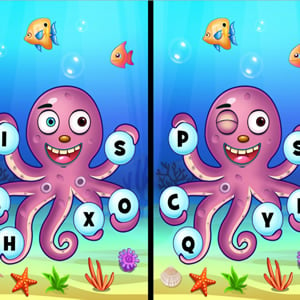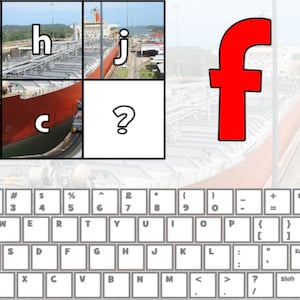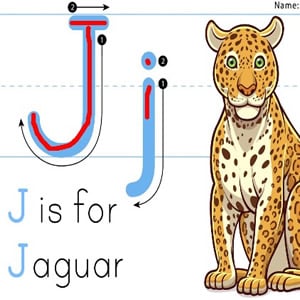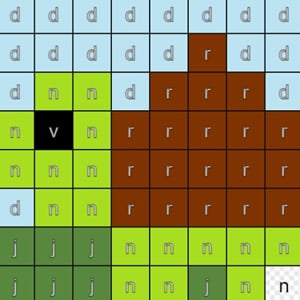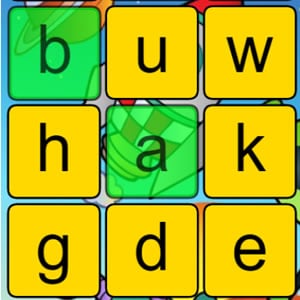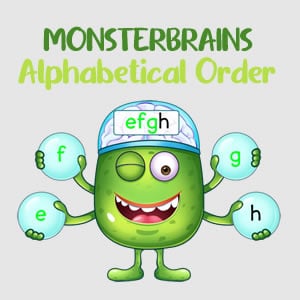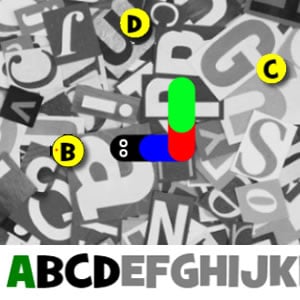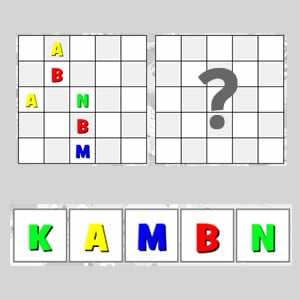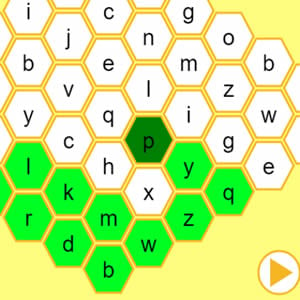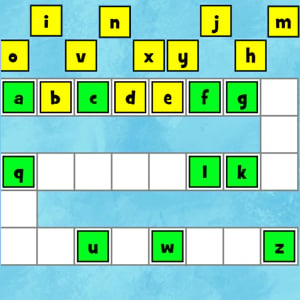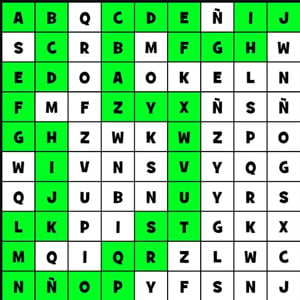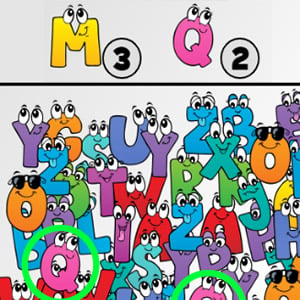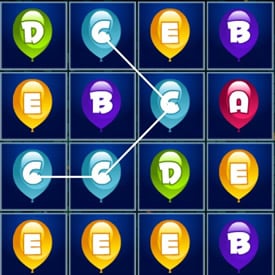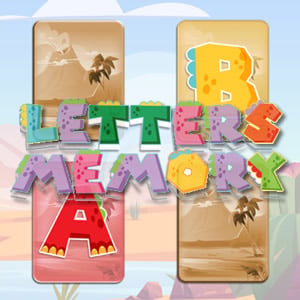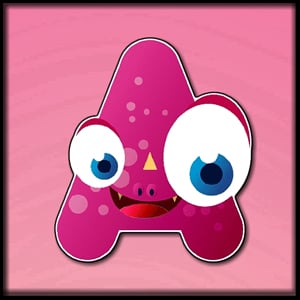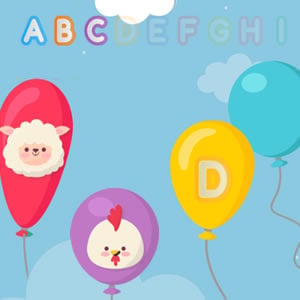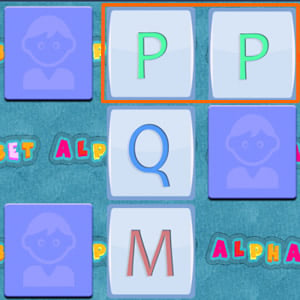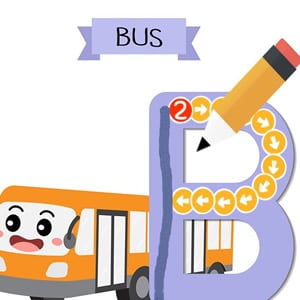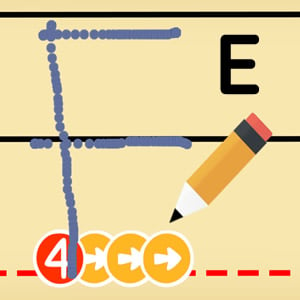Children at the age of 5 typically learn the following about the alphabet:
Letter Recognition: They learn to recognize and identify individual letters of the alphabet, both uppercase and lowercase.
Letter Sounds: They begin to associate letter names with their corresponding sounds. For example, they learn that “A” makes the sound “ah” as in “apple.”
Letter Formation: They start to practice writing letters, learning the proper way to form each letter. This includes understanding the direction of strokes.
Alphabet Sequence: They learn the order of the letters in the alphabet, understanding that it goes from A to Z.
Word and Letter Association: They discover that letters come together to form words and that words are a way to represent spoken language.
Simple Spelling: They may begin to spell and write simple words using the letters they have learned. These words are often familiar, everyday words.
Letter Recognition in Context: They can recognize and identify letters not only in isolation but also within words and sentences.
Phonemic Awareness: They develop phonemic awareness, which involves recognizing and manipulating the individual sounds (phonemes) in words.
Reading Readiness: They become more prepared for early reading, as they can blend letter sounds together to form simple words.
Alphabet Songs and Rhymes: They often learn the alphabet through songs and rhymes, which can be a fun and engaging way to reinforce their understanding.
It’s important to note that the pace of learning can vary from child to child, and it’s crucial to provide a supportive and encouraging environment for their alphabet learning journey. Activities like reading books, playing with letter-based games and puzzles, and engaging in alphabet-related crafts can help reinforce these skills and make learning enjoyable.













